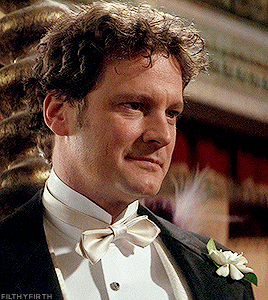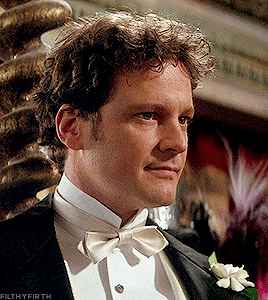wehikulczasu-lookbook
2K posts
Don't wanna be here? Send us removal request.
Photo
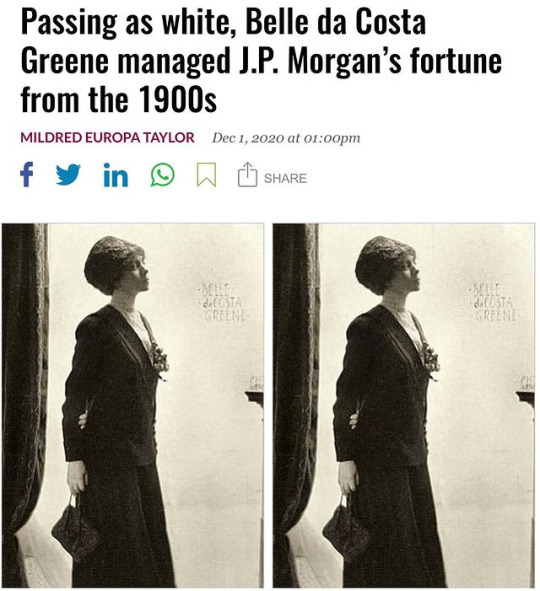
For 43 years, Belle da Costa Greene ran the Morgan Library — 19 years as the private librarian of financier J. Pierpont Morgan and later his son, Jack, then 24 years as the inaugural director of the Pierpont Morgan Library, which is now known as the Morgan Library & Museum.
She did not only help Morgan to organize his legendary collection of manuscripts and rare books, but also transformed Morgan’s private collection into a major public resource which, to date, hosts series of lectures, exhibitions, publications, and research services, all of which first started under Greene.
Becoming “arguably the most powerful woman in the New York art and book world” at the turn of the 20th century, Greene, with a flamboyant fashion sense, dined with the rich and famous, including opera stars, tycoons, and royalty. She had access to places that were not welcome to Black people, and she won many admirers who were charmed by her acuity and intelligence.
But historians say she probably wouldn’t have made it to that level had she revealed her background. Greene told everyone who bothered to ask that she was Portuguese, but in fact, she was Black. Her employers did not even learn of her secret until her death.
The child of two African-American parents of mixed ancestry, her birth certificate identified her as “colored” though she was light-skinned as both her parents. Her father was lawyer Richard T. Greener, the first African American to graduate from Harvard and the first librarian of color at the University of South Carolina. Genevieve Fleet was her mother.
Growing up in a community of color in Washington, D.C., Greene, by the age of 12, wanted to work with rare books. “I loved them even then, the sight of them, the wonderful feel of them, the romance and the thrill of them,” she once said. Though Greene perhaps developed her love for rare books from her father, she knew that it would be difficult for her to rise, being in a deeply segregated and racist society and having witnessed her father being subjected to discrimination.
So when her father left the country in 1898 for a consular post in Vladivostok, Russia, and her parents’ marriage came to an end, Greene and her mother shortened their last name. They began publicly describing themselves as Americans of Portuguese descent and passed as white. Greene (named Belle Marion Greener at birth) became Bella da Costa Greene, constantly explaining that “da Costa” was a reflection of her Portuguese ancestry.
While in her teens, Greene, unable to afford college without her father’s help, started working at the Princeton University library where she soon mastered cataloging and served in the reference department. However, it was her interest in the library’s rare-book collection that grabbed the attention of Junius Spencer Morgan, a nephew of J. Pierpont Morgan. Junius recommended Greene to his uncle, Morgan, who was then building a library in New York City for his large collection of manuscripts and early books.
By late 1905, Greene had begun working as the private librarian of Morgan. Managing, documenting and building his collection of rare books and manuscripts, she also organized public exhibitions at outside venues and traveled regularly to Europe to purchase additions to the financier’s collection. Morgan admired her work and soon made her his “primary adviser on manuscript matters,” according to a report by The New York Times. By 1911, Greene had become a well-known figure to dealers and scholars, and could even defeat experienced bidders during auctions. By 1912, she was earning a quarter million a year.
When Morgan died in 1913, it was found that nearly half of his $3 billion was in his art collection. “Some went to the Met but the rest remained under the control of Belle da Costa Greene,” a report noted. It is also documented that Morgan’s “considerable fortune” was at her disposal. Greene continued to work as a private librarian to Morgan’s son, J.P. Morgan Jr. It was during this period that Greene thought of making the rare books in her employer’s collection available to the public instead of getting them locked in the vaults of private collectors.
Thus, in 1924 when Morgan’s library became a public institution and she became its first director, she mounted a series of exhibitions, and one even drew a record 170,000 people. She continued to make trips to Europe and would for the next 24 years transform her boss’ library into a world center for scholarly research.
In 1949 — a year after she retired — an exhibition was mounted at the library in her honor. She died the following year but her legacy lives on in the many contributions she made to bibliography and scholarship. Her employer’s library was renovated in 2006. The Morgan Library & Museum to date caters to scholars while playing its role as a public institution.
[h/t]
70 notes
·
View notes
Text
Londyn, początek XX wieku. Lady Eleanor Hardinge, młoda arystokratka, wdowa i matka dwuletniego Williama, powraca z Indii, żeby zacząć życie od nowa. Tymczasem czeka ją konflikt o spadek z bratem zmarłego męża – w testamencie znajduje się bowiem pewien kłopotliwy dla Nory zapis. Młoda wdowa, chcąc osiągnąć swoje cele, staje się gwiazdą na firmamencie londyńskiej socjety. Zawierając nowe przyjaźnie i oczarowując kolejnych lordów, krok po kroku zmierza do zrealizowania swojego planu. Nie jest to jednak łatwe, gdyż każdego dnia dopadają ją koszmary z przeszłości. Kiedy na jednym z balów poznaje Cilliana Shawa, zamkniętego w sobie Irlandczyka, nawet nie przypuszcza, jaką tajemnicę skrywa mężczyzna i jakie ma wobec niej plany.
Intrygi, skandale i zakazana miłość… Czym może grozić łamanie konwenansów na edwardiańskich salonach?
https://lubimyczytac.pl/ksiazka/4959177/dama-kier

4 notes
·
View notes
Photo







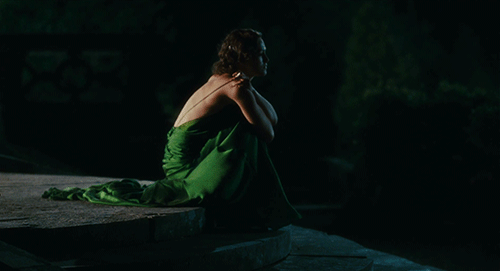
HP houses + Wehikuł characters: Slytherin
Resourcefulness
Determination
Pride
Cunning
Ambition
Self-preservation
5 notes
·
View notes
Photo








HP houses + Wehikuł characters: Ravenclaw
Wit
Learning
Wisdom
Acceptance
Intelligence
Creativity
5 notes
·
View notes
Photo








HP houses + Wehikuł characters: Gryffindor
Courage
Bravery
Determination
Daring
Nerve
Chivalry
5 notes
·
View notes
Photo

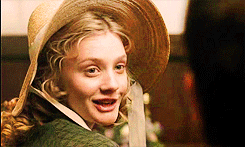



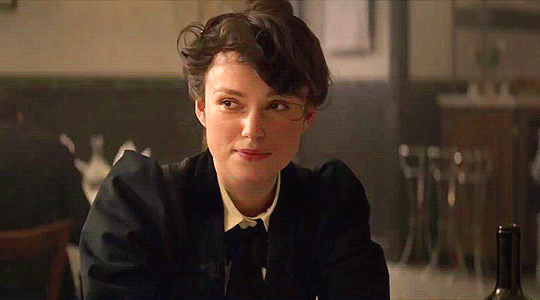


HP houses + Wehikuł characters: Hufflepuff
Hard-working
Patience
Fairness
Just
Loyalty
Modesty
4 notes
·
View notes
Text





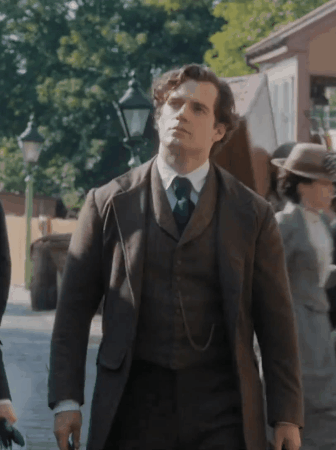
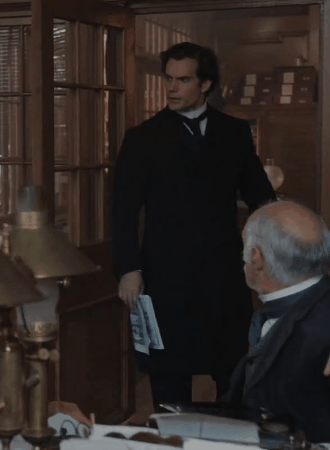

Sherlock's costumes in ENOLA HOLMES
668 notes
·
View notes
Photo


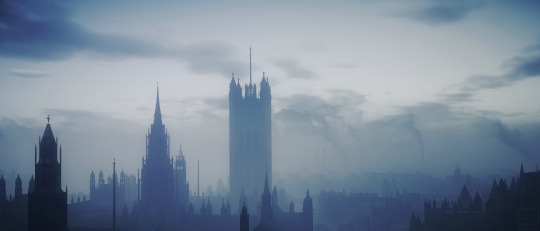
Assassin’s Creed: Syndicate
169 notes
·
View notes
Photo
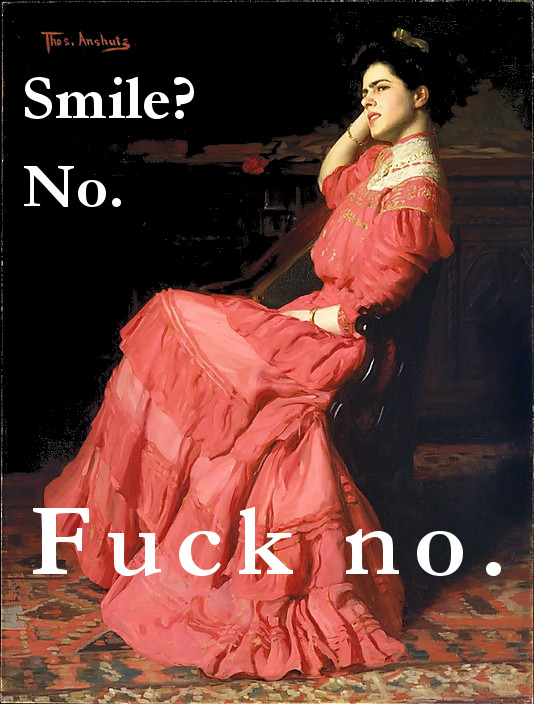
Thomas Anshutz, A Rose
One of the bitchiest faces of all time and my personal favorite portrait.
4K notes
·
View notes
Text
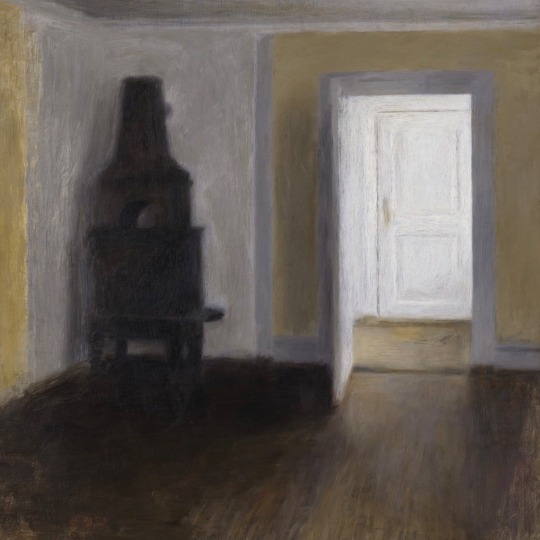
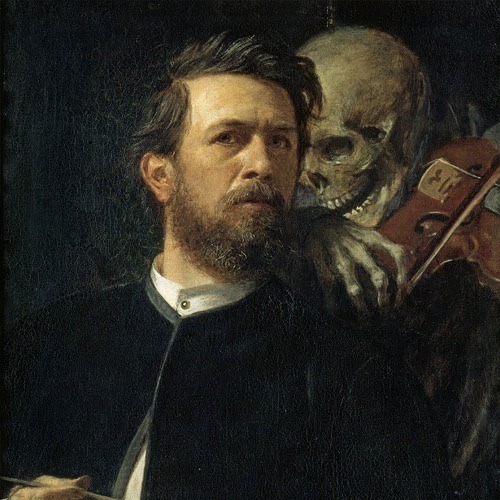

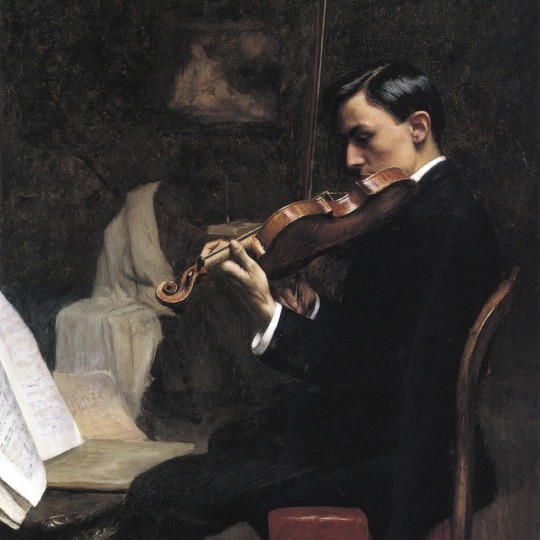
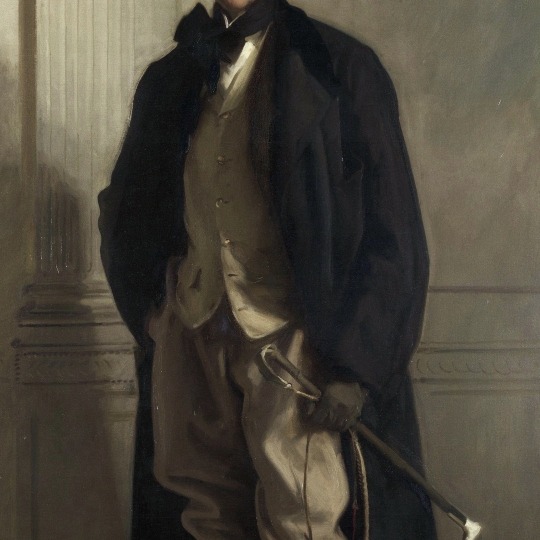
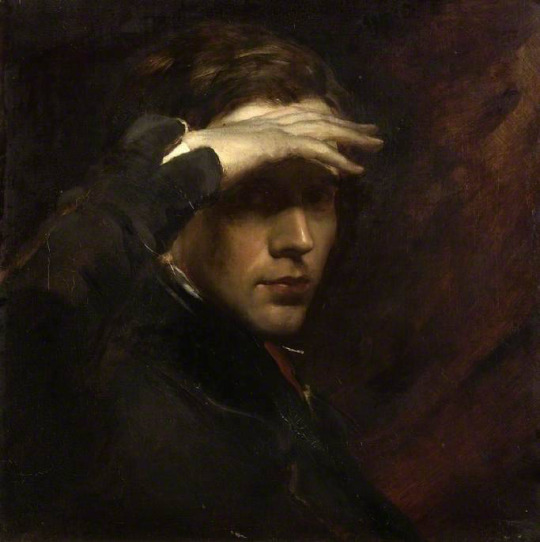

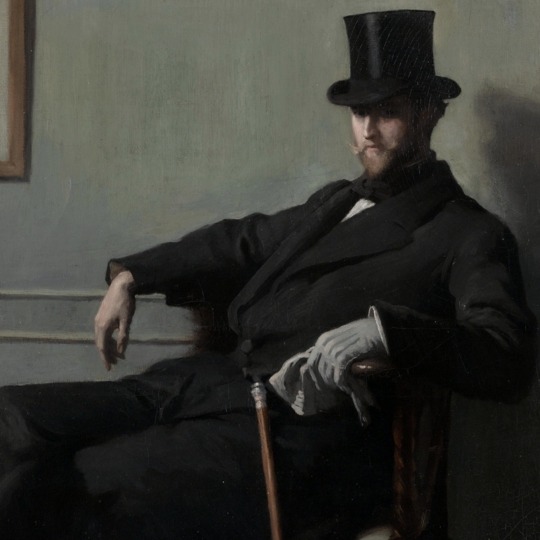
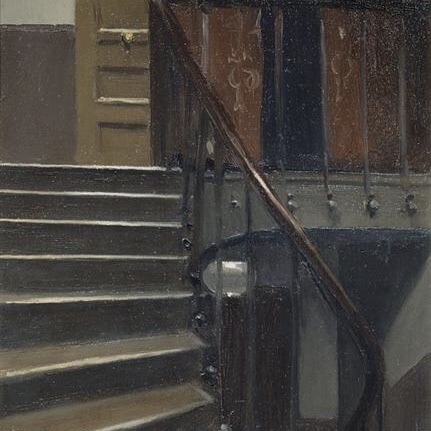
Den Hvide Dør- Vilhelm Hammershøi
Self-Portrait with Death Playing the Fiddle- Arnold Böcklin
Interior No. 30, Strandgade- Vilhelm Hammershøi
The Violin Student, Paris- Stephen Seymour Thomas
Lord Ribbelsdale- John Singer Sargent
Self-Portrait- George Richmond
Les Raboteurs de Parquet- Gustave Caillebotte
Herbert Barnard John Everett- William Orpen
Stairway at 48 rue de Lille, Paris- Edward Hopper
539 notes
·
View notes
Photo
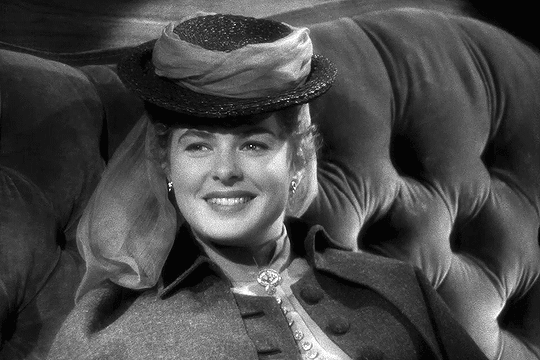

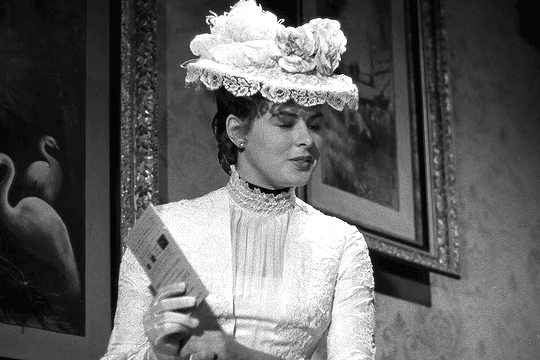
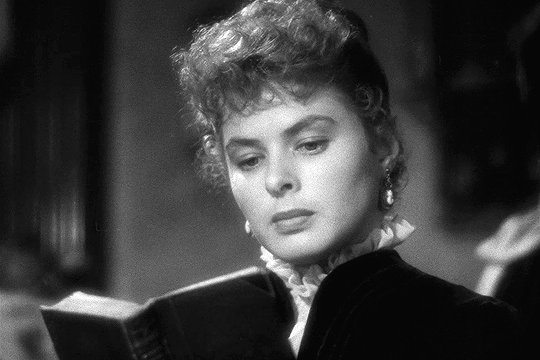

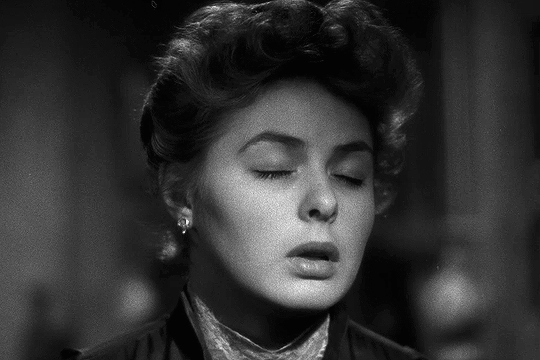

Ingrid Bergman in Gaslight (1944) dir. George Cukor
1K notes
·
View notes
Video
youtube
[4k, 60 fps] San Francisco, a Trip down Market Street, April 14, 1906
4 notes
·
View notes
Photo
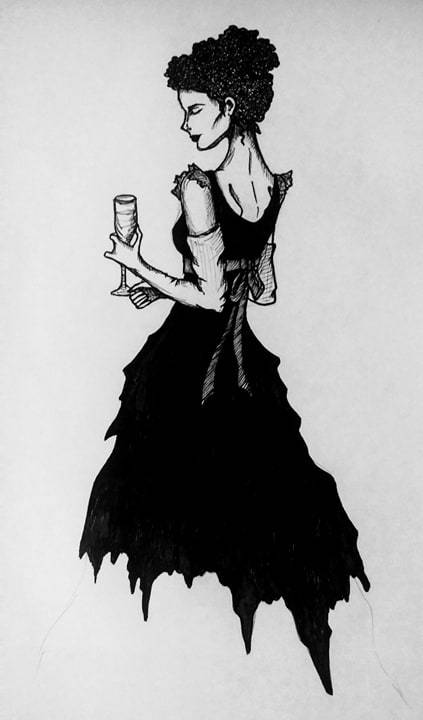
être libre me manque.
__________________ Blanche Marlowe
3 notes
·
View notes
Text
hey tumblokes tumblerinas and tumnblies, you know how a while ago I was supposed to play Dracula onstage and then it got postponed cause of COVID? Well some of the cast are struggling to pay the bills at the moment, so to help keep them going I’m doing a Gothic Fiction Marathon Stream this Friday!
If you fancy listening to me read spooky stories for 36 hours, feel free to drop in! If you can make a donation to the Cast Hardship Fund, even better!

#theatre#live#twitch#gothic literature#dracula#frankenstein#the picture of dorian gray#dr jekyll and mr hyde#legend of sleepy hollow#stream#philosophy tube#fundraiser
438 notes
·
View notes
Photo








Wehikuł Mythology: Ulisses & Circe
1 note
·
View note



